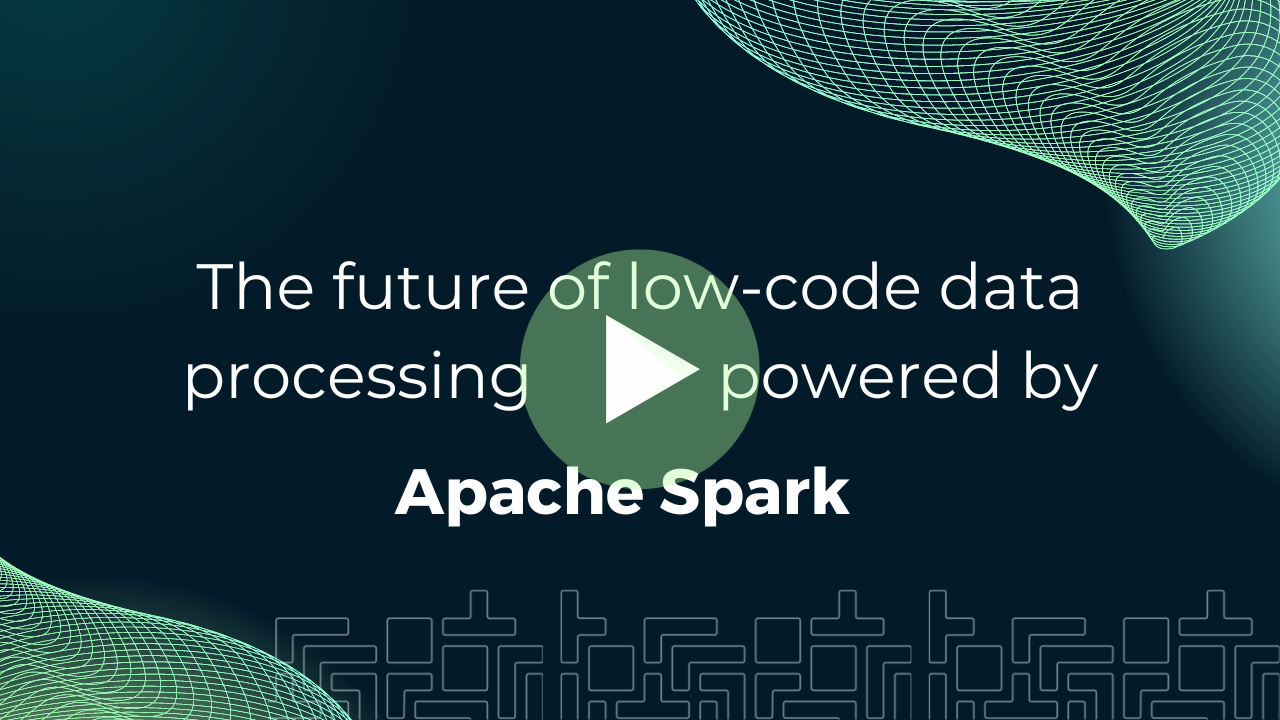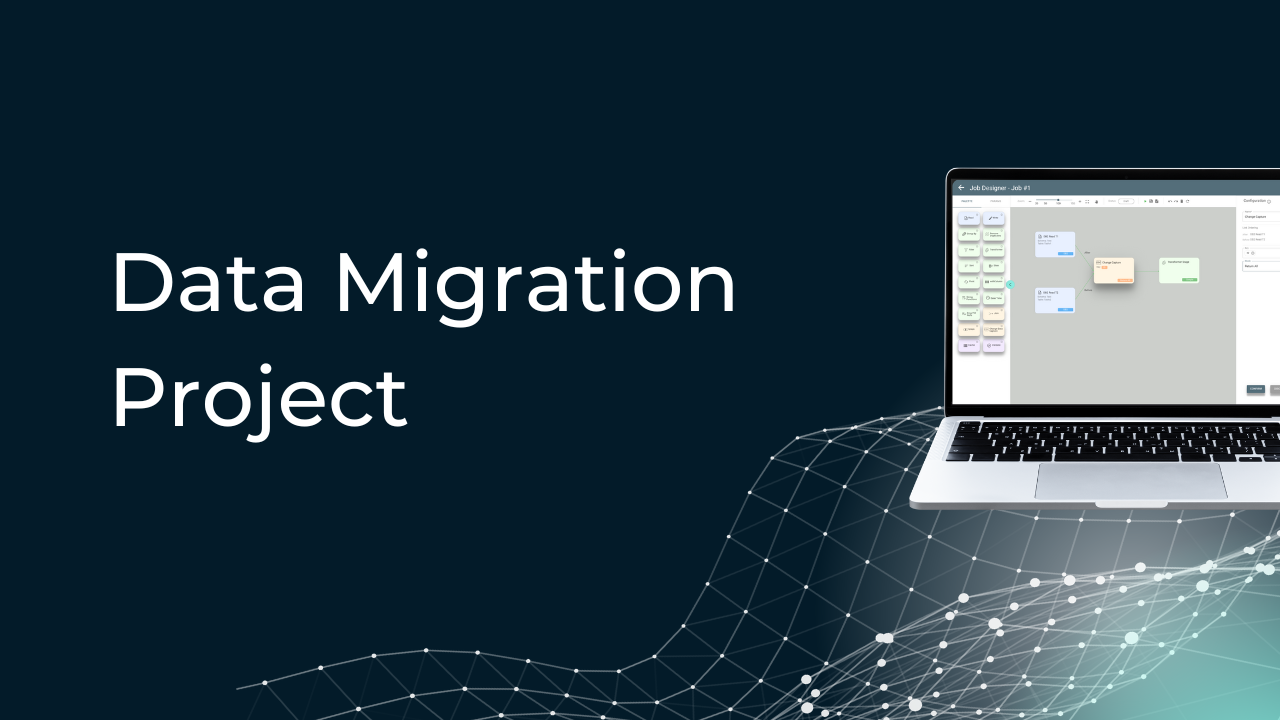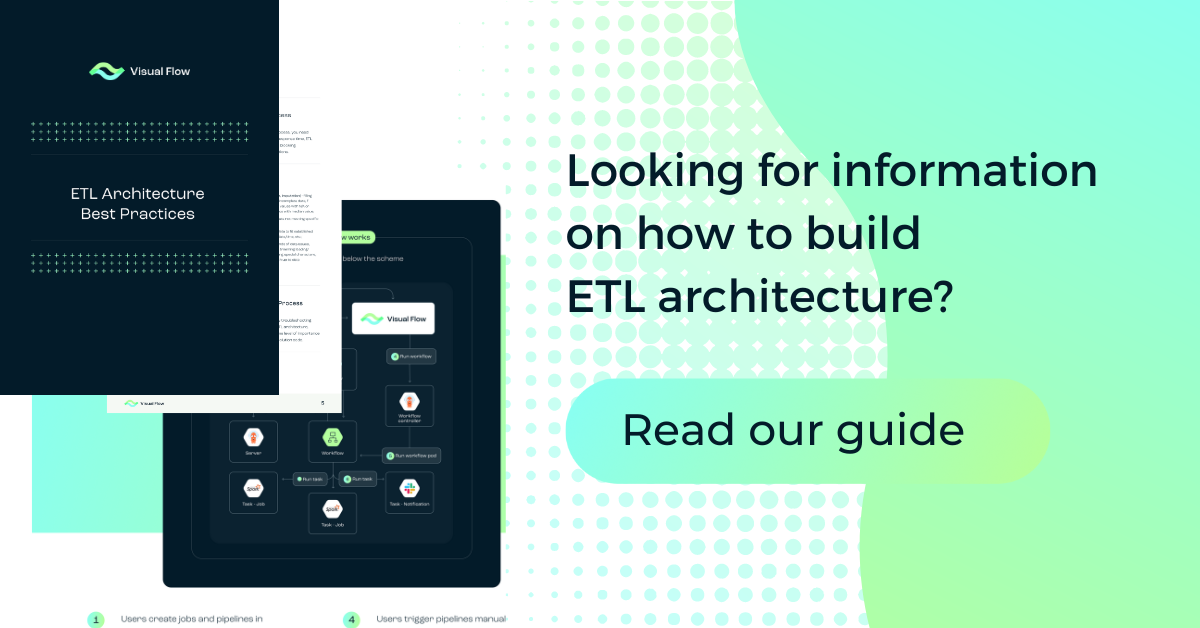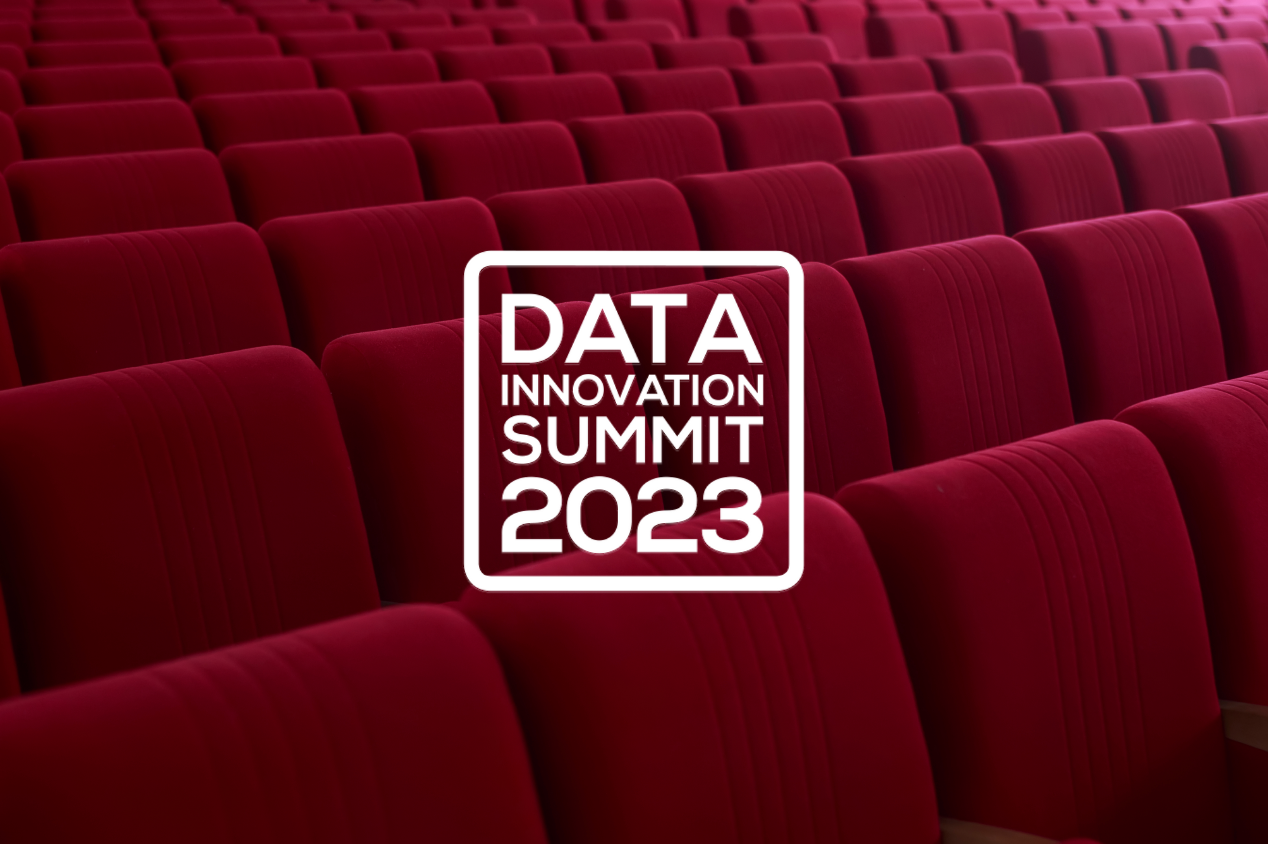ETL Data Migration Consulting
ETL migration
Data-driven companies often reach out to ETL migration consulting firms to integrate multiple data sources, ensure data quality and compliance, or adopt new ETL technologies.
Every year, data ecosystems become increasingly complex. Consequently, many businesses face problems with their management and data quality and seek out work specialists.
Visual Flow ETL migration experts will help you with:
- Planning your migration strategy
- Mapping data sources/destinations
- Testing and validating ETL
- Optimizing ETL performance

ETL migration consulting
All steps of the ETL/ELT processes need to be planned and prepared correctly by your chosen data migration consultant.
Whether you use a ready-made ETL tool or a manually-coded one, or there are too many questions that need to be clarified to build a solid infrastructure, we’ll help you choose the right option and design an efficient ETL data migration solution to meet your specific business needs and goals.
Our ETL migration consultants can assist you in several ways:
- ETL-as-a-Service with custom implementation
- Improved ETL processes
- Guidance on best practices
- Data quality issues resolution
- Expertise in adopting new ETL technologies and tools

Data warehousing solutions
We develop and/or implement data warehousing solutions as part of our cloud data warehouse engineering services.
A secure, reliable data warehouse and data lakes are critical to business as they ensure fast access to insightful reports and forecasts.
We build data warehouses and data lakes according to your business requirements, seeing them as components of a bigger picture.
As experts in data management, we:
- Define and analyze business requirements
- Design a scalable data architecture
- Help select appropriate technologies and tools
- Implement the solution and optimize performance
- Provide ongoing support and maintenance

Try Visual Flow – an open source low to no code ELT tool for your BI project
Why Migrate  to Visual Flow?
to Visual Flow?
Cost-efficiency
Visual Flow was designed as an ELT tool that eliminates the need for manual coding when working with Spark, saving you both time and money. By implementing best practices for ETL infrastructure, you can significantly reduce data management costs in the long run.
Ease of getting started
Getting a new ETL project up and running can be done in as little as two weeks since Visual Flow is built upon proven architecture (Apache Spark, Kubernetes, and Argo Workflows under the hood of a drag-and-drop interface) with seamlessly integrated components and data source connectors.
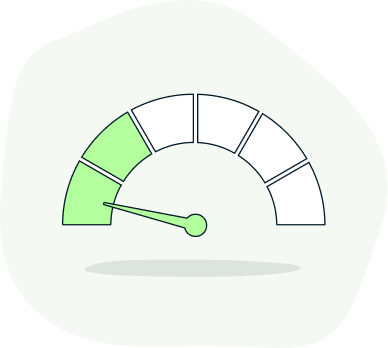
Improved productivity
Visual Flow empowers you with a cutting-edge intuitive interface that simplifies data mapping. The user-friendly GUI enables business users to combine and integrate data from various sources, thus facilitating advanced data analysis.
Unlimited scalability
Visual Flow provides your team with the necessary means to efficiently process constantly increasing data volumes, thanks to the unlimited scalability and parallel processing capabilities of containerized Spark jobs. This is part of our data migration as a service offering.
Cost-efficiency
Visual Flow was designed as an ELT tool that eliminates the need for manual coding when working with Spark, saving you both time and money. By implementing best practices for ETL infrastructure, you can significantly reduce data management costs in the long run.
Ease of getting started
Getting a new ETL project up and running can be done in as little as two weeks since Visual Flow is built upon proven architecture (Apache Spark, Kubernetes, and Argo Workflows under the hood of a drag-and-drop interface) with seamlessly integrated components and data source connectors.

Improved productivity
Visual Flow empowers you with a cutting-edge intuitive interface that simplifies data mapping. The user-friendly GUI enables business users to combine and integrate data from various sources, thus facilitating advanced data analysis.
Unlimited scalability
Visual Flow provides your team with the necessary means to efficiently process constantly increasing data volumes, thanks to the unlimited scalability and parallel processing capabilities of containerized Spark jobs. This is part of our data migration as a service offering.
ETL Migration Delivery model
ETL Migration Delivery model
- Understanding requirements
- Defining the use case and scope for migration
- Value stream mapping
- Identifying project limitations
- Developing systems request
- Analyzing technical, economic, and organizational feasibility
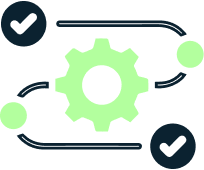
- Installing & configuring Visual Flow
- Mobilizing the team (for an old and a new system)
- Connecting to data sources
- Re-designing ETL jobs (as IS and TO BE)
- Outlining staging requirements
- Determining data quality, refresh frequency, and integration approach
- Defining transformations (checking if all required transformations are available in Visual Flow)
- Developing ETL jobs using job designer (UI elements)
- Designing pipelines (full & incremental data load)
- Running ETL jobs, monitoring logs and potential errors, and resolving issues (if needed)
- Testing the effectiveness of the implemented solution
- Testing and evaluating the credibility of data at a target
- Testing ETL jobs and pipeline
- Modifying ETL jobs and pipeline (if required)

- Comparing & improving
- User acceptance training
- Supporting and administering
- Composing ETL best practices documentation
Frequently asked questions
Both ETL and ELT are abbreviations to describe steps of the data integration process, and the difference in the letter sequence reflects the difference in the sequence of these steps.
ETL stands for extract, transform, load. ETL jobs and pipelines help move data from source to target, taking into account DWH design. Data transformation occurs in the processing area, and processed information that meets standards, such as GDPR, HIPAA, etc., enters the target systems.
ELT stands for extract, load, transform. With ELT processes, data is loaded into Data Lake or target systems and is processed after loading. This approach provides more flexibility and simplifies storage when new data formats evolve.
ELT can be seen as an alternative approach to data transformation. The Extract-Load-Transform approach is seen as a more modern and agile way to work with data than ETL. Data analysts can see all the data when loaded to the warehouse and can participate in setting data transformation logic. In this case, transformed data will be truly representative. Working in a data engineering company, we noticed that ELT process is faster to perform and avoids server scaling issues.
Despite being a game changer in the business world in a digital era, big data creates challenges at all stages, from collecting to maintenance and deriving insights. Here are the key challenges of big data:
- Weak understanding of massive data. Generally, employees have a limited understanding of what data is, considering it as mere numbers in reports or some personal information. The average employee can’t see how each business process creates data by the essence, which makes it hard to understand how to make use of it.
- Integrating and managing multiple sources of data also seems to be problematic.
- Inaccurate analytics and difficulties with getting insights.
- Choosing big data tools and incorporating them into the business software ecosystem.
- Data breaches and security issues.
- Lacking of big data experts.
Visual Flow data engineering services provider can help you to overcome these challenges by offering winning ELT/ETL tools and high-standard big data engineering services.
The cloud data engineering services provide multiple engagement models to match your budget and help to reduce fixed costs and total cost of ownership. This helps speed up infrastructure growth and introduce new capabilities (AI, Data Visualization, and more).
Cloud migration with IBA involves a three-step process.
Step 1 Mobilization. Defining migration goals, scope, risks, and model of work (Scrum/Kanban).
Step 2 Initial Iteration. Final approval of terms, scope, team, milestones, goals, etc. for MVP.
Step 3 Pilot Iteration(s). Iterative /continuous process with discussions about unplanned changes.
Step 4 Presentation of MVP. Correction of the high-level plan.
With IBA Group as your data migration company, we’ll prove the value of the cloud and jumpstart your broader migration. In about two months, you will:
- get your MVP application in the cloud,
- get experience planning & migrating an application to AWS,
- get a comprehensive migration assessment with an indication of your projected, optimized in-cloud cost,
- be ready to continue.
The final amount depends on a range of factors, such as:
- The complexity of the current IT infrastructure (e.g., warehouses and database size – how many schemas and tables should be migrated);
- The data volume to be migrated;
- The chosen migration strategy; e.g., rehosting requires fewer efforts than refactoring, therefore it’s less expensive;
- The current IT infrastructure’s migration readiness;
- The extent of migration automation and the cost of migration automation software licenses;
- Testing coverage.
The team  you can rely on
you can rely on





Other Visual Flow's Tools
Contact us
